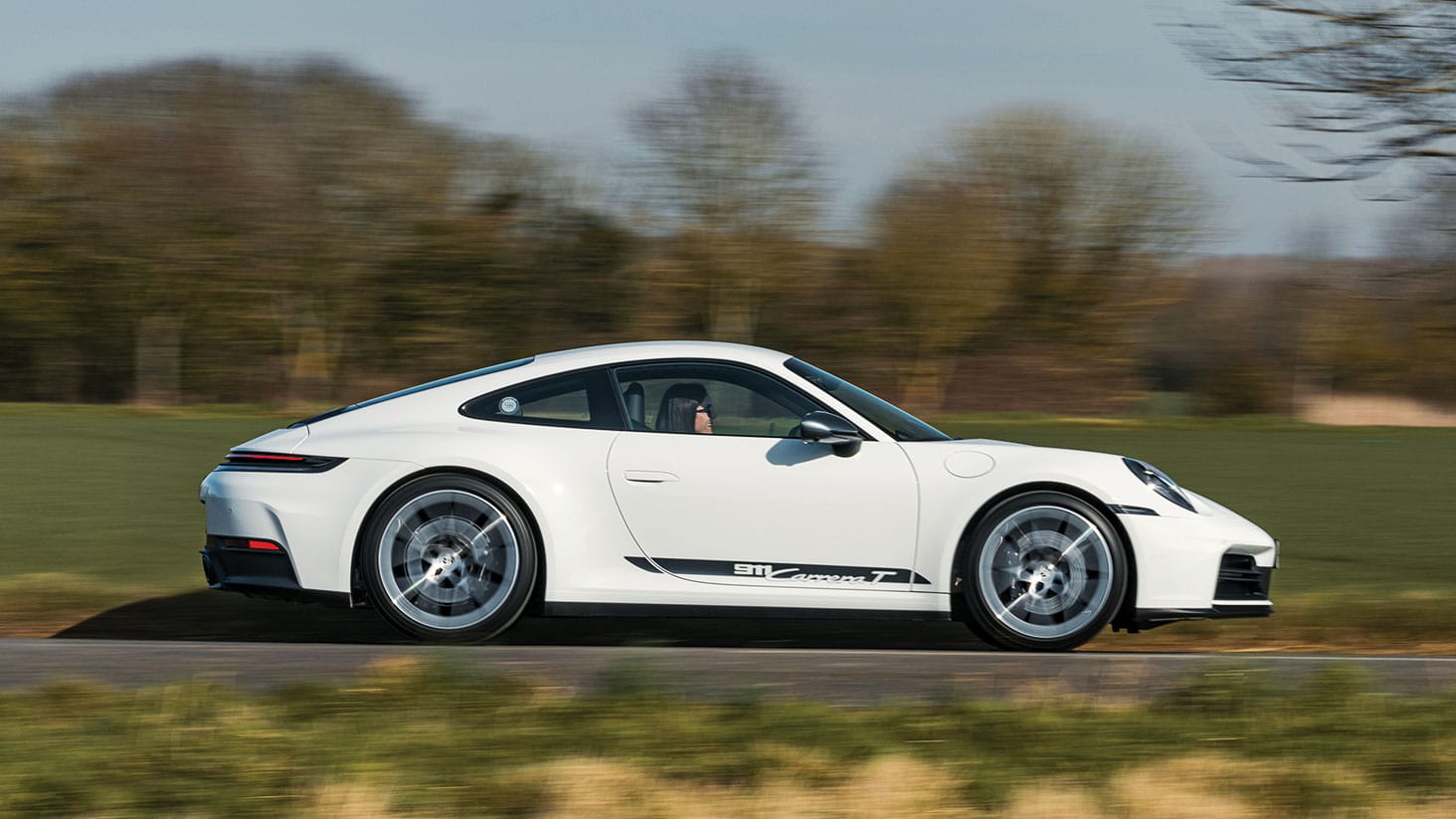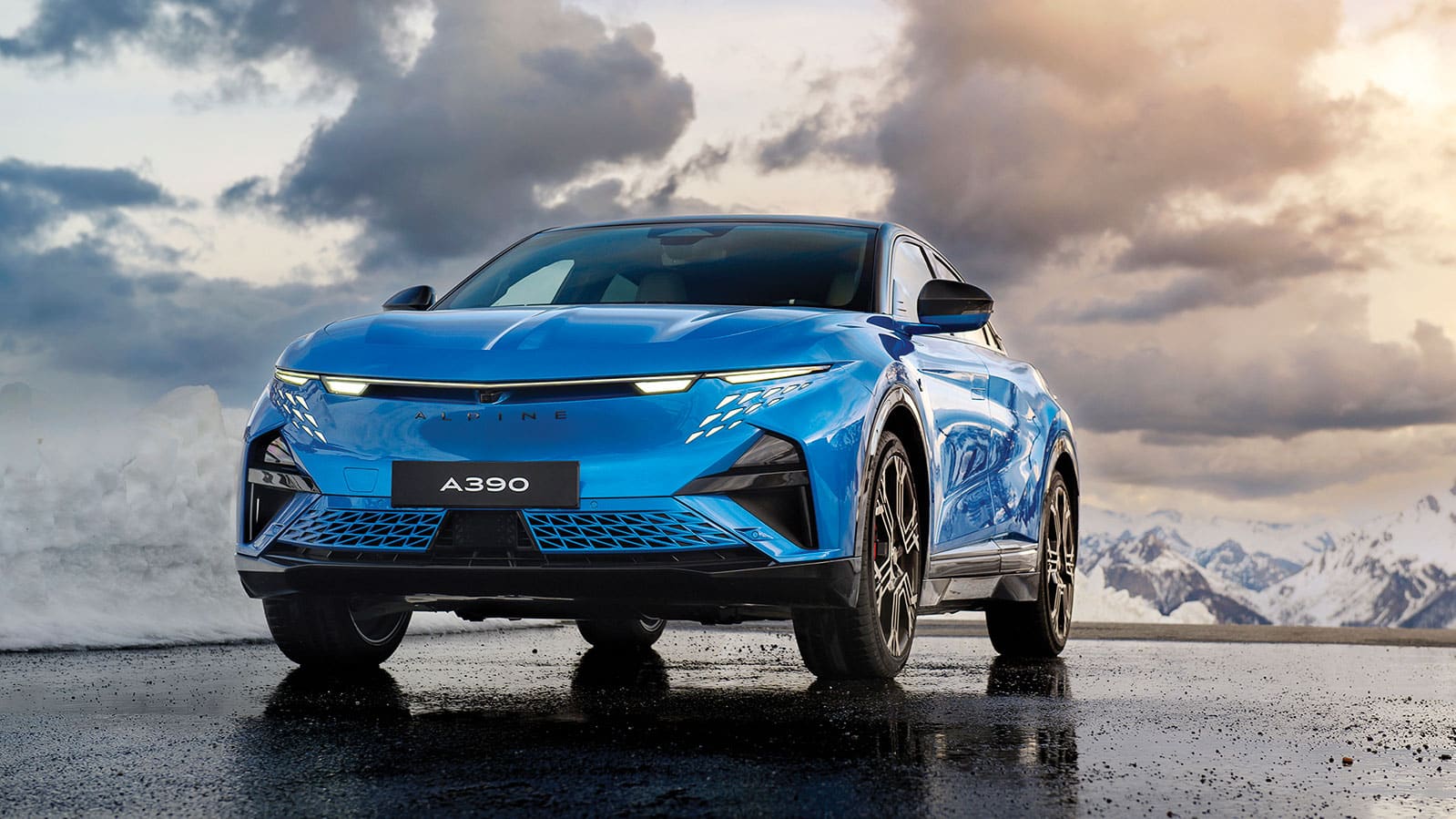Aston Martin’s Le Mans mission was simply survival
With another Le Mans under his belt, Andrew Frankel looks back at his weekend with Aston Martin, whose key aim was to finish

Le Mans 1995 – a career high for Gordon Murray, even outclassing his F1 sweet spots
Getty Images
Long chat with Gordon Murray after what seems like far too long. As you read this the South African-born son of Scottish parents will have just entered his 80th year, a time of life most of us would happily spend tending the garden. Not Gordon. Not only has he designed at least five new cars and done business plans for them all, but he’s founded a brand new company called Gordon Murray Special Vehicles to make them which will sit under the same umbrella as the other businesses within the Gordon Murray group.
We’ll know more about them later in the year, but our conversation did stray back as well as forward in time and his love for the Rocket made by his Light Car Company remains clear to see. The motorcycle-powered, tandem two-seater is well over 30 years old now but I’ll never forget my time in one of only 47 cars that got built, driving it at preposterous speeds across the same North Yorkshire Moors roads where, just a couple of years later, I punted another handy device of his called the McLaren F1. And I wonder how well a new Rocket would be received, designed with the same ultra-lightweight, stripped-back philosophy but with a carbon-fibre monocoque and perhaps one or two of the most basic creature comforts. Like a heater. With the reputation Gordon has built for himself in the road car arena, I expect there’d be a queue.
On the racing front I asked him to name the achievement of which he is most proud and he skips straight past those world championships achieved in Formula 1 and settles immediately on Le Mans 1995, where McLaren F1 GTRs came home in four of the first five places, including the one that really matters. It was a car never designed to race, completely undeveloped for racing with what Gordon describes as ‘a race track pack’ applied, which had benefited from a grand total of one day in the wind tunnel and turned from road car to racer in a matter of weeks. It then made McLaren only the second constructor – after Ferrari in 1949 and if you don’t include the very first race – to win Le Mans at the very first time of asking. Me and my journalist chums who were there presumed the car would be quick, but break. We were half right: while they were rapid in race trim and some got crashed, not one retired through mechanical failure. No wonder Gordon’s so proud.
“There’s a whole world of set-up we have yet to unlock in the Valkyrie”
What were you hoping for from Aston Martin’s return to Le Mans? It was a question I got to ask its CEO, Adrian Hallmark, on the eve of the 24 Hours race and the answer came at once: “Finish!”
Later that evening I asked Harry Tincknell what he thought of what seemed the rather unfair imposition of maximum Balance of Performance penalty on a car in only its fourth WEC race, despite not being exactly front-running so far this season. And he was entirely phlegmatic about it, explaining it was what to expect in a car’s debut season and that “there’s a whole world of set-up we have yet to unlock in the car”. For him, as for Hallmark, the mission in the Valkyrie’s first twice-around-the-clock race was to survive it, and in that regard getting both cars home after a largely clean and untroubled run will be regarded as having achieved the primary objective for ’25.
It is to be remembered too that this is a five-year programme and unless your name is Ferrari at the centenary event, coming back at the top level and winning straight away is not really what happens in the modern era at Le Mans.
I also spoke to Alex Long, Aston’s director of product and marketing strategy about the decision to brand the performance versions of its road cars as S models. Surely that was a bit dull, I suggested, and was it not what everyone else did? Why use S when you have a name as powerful as AMR at your disposal?
“We did debate it,” he says, “long and hard. But S has a special historical meaning for Aston Martin and instant recognition in the wider world. Everyone knows what an S model means.” And that’s a good points well made, but what about AMR, I insisted. “Using S also gives us a space to do something more in the future if we choose…” he said, smiling and swiftly changing the subject.
As you may have guessed by now, I attended Le Mans as a guest of Aston Martin, driving out in a Vantage Roadster and back in a DB12. I can hear the violins from here. The Vantage was fine, but at 6ft 3in I just didn’t fit that well. The seats have had to be made more upright to provide the space behind to store the hood and I like to drive quite reclined, though those of more conventional proportions will be fine.
But the DB12? It’s 472 miles from Le Mans to my house and when you’re quite tired you need something to both look after you and keep you alert. And I hope you know me well enough to know it’s not because I was Aston’s guest that I say there’s not another car in the world in which I’d have rather done that trip. To me the DB12 is the core and key Aston Martin model, the beautiful, utterly effortless, sumptuous ground coverer that can also, when the occasion demands, thrill you all the way to the tips of your toes. A modern DB5? No, it’s far better than that.

Driver’s car – to a ‘T’
Behold, a manual with the true spirit of 911
For those of you who prefer 911s to have three pedals, it’s either a GT3 or this new Carrera T. It’s the best standard 911 I’ve driven since the demise of the 997 in 2010. With the basic engine and light kerb weight it’s closer to the spirit of the original 911 than any other on sale.
Verdict: A work of outstanding brilliance.

Alpine in macan territory
New 2.1-tonne electric crossover for late ’25
On sale soon from £60,000, Alpine’s A390 will be up against the Porsche Macan. It has three electric motors, one for the front axle and one each for the rear – so it can brake an inside wheel to help the car turn into a corner but accelerate the outside wheel. A novel feature at this price point.

Ev to be ‘best bentley ever’
Bold claims from Crewe about its 2027 SUV
If the A390 sounds like a challenge, it’s as nothing compared to the task laid down by Bentley to those piecing together its first ever electric vehicle. Engineering chief Matthias Rabe told me the target was for it – an SUV – to be “the best Bentley ever”. He believes it possible. Prototypes are already rolling off the line. I am intrigued.

